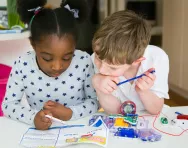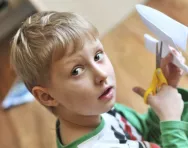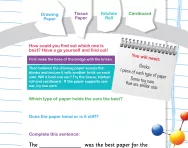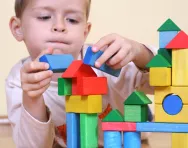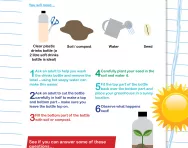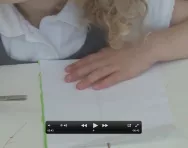Important update from TheSchoolRun
For the past 13 years, TheSchoolRun has been run by a small team of mums working from home, dedicated to providing quality educational resources to primary school parents. Unfortunately, rising supplier costs and falling revenue have made it impossible for us to continue operating, and we’ve had to make the difficult decision to close. The good news: We’ve arranged for another educational provider to take over many of our resources. These will be hosted on a new portal, where the content will be updated and expanded to support your child’s learning.
What this means for subscribers:
- Your subscription is still active, and for now, you can keep using the website as normal — just log in with your usual details to access all our articles and resources*.
- In a few months, all resources will move to the new portal. You’ll continue to have access there until your subscription ends. We’ll send you full details nearer the time.
- As a thank you for your support, we’ll also be sending you 16 primary school eBooks (worth £108.84) to download and keep.
A few changes to be aware of:
- The Learning Journey weekly email has ended, but your child’s plan will still be updated on your dashboard each Monday. Just log in to see the recommended worksheets.
- The 11+ weekly emails have now ended. We sent you all the remaining emails in the series at the end of March — please check your inbox (and spam folder) if you haven’t seen them. You can also follow the full programme here: 11+ Learning Journey.
If you have any questions, please contact us at [email protected]. Thank you for being part of our journey it’s been a privilege to support your family’s learning.
*If you need to reset your password, it will still work as usual. Please check your spam folder if the reset email doesn’t appear in your inbox.
What's so educational about model building?

While once the staple hobby of every '50s, '60s and '70s schoolboy, model building today has to contend with the dazzling lights of the digital-age.


Start a unique learning programme!
- Weekly programme for each school year
- Worksheets sent direct to your inbox
- Keeps your child's learning on track
However, there are many educational values in model building, so the hobby is well worth upholding today. According to the National Toy Council, model building and construction will foster spatial play and nurture a child’s dexterity, as well as other cognitive skills such as planning, problem solving and logical thinking.
What do model kits teach?
Fortunately, the model makers of today create large, bright, colourful products – combining the best elements of modelling kits with the simplicity and versatility of construction toys. More importantly, there appears to be an added emphasis on education.
A child’s interest in model building will inevitably originate from construction, as most children are brought up playing with colourful building blocks during their early learning years. LEGO have a branch committed to education, specialising in pre-school and early learning products. Their colourful games incorporate the building blocks required to stimulate reasoning and creativity while teaching basic maths and literacy.
According to professor Emeritus Seymour Papert of the Massachusetts Institute for Technology, “Constructionism means learning by making something. LEGO is an example, writing computer programs is an example, painting is an example. And what you learn in the process of doing that sinks much deeper; its roots go deeper into the subsoil of the mind than anything anybody can tell you.”
Learning outside of school
Toy model companies such as Meccano, K’nex and Geomag have all created products that can be used as teaching aides, as well as educational supplements to be played with at home.
Similar to K’nex but slightly more advanced in terms of its format, the mechanical nature of Meccano allows the user to build up simple mechanisms which demonstrate various principles of mathematics, physics, mechanics and science in general.
Geomag claims to be not only a toy, but a ‘pedagogical aid’ – otherwise known as a useful learning tool. This is a construction system whereby magnetic rods are connected together via steel spheres. The simple make-up means the parts can be used to build any number of things, and the magnetic nature lends itself well to the sciences, enabling the child to learn some fundamental natural laws of physics, geometry, chemistry, architecture and engineering.
Model building can help support a child's learning outside of school, and is an excellent way to open up the world of maths, sciences, and design, to children who may struggle with more formal school-based learning.
Model building: links with the National Curriculum
Model makers say their ranges are designed to complement the national curriculum in the following subjects:
- Design and technology - structures, mechanisms, control, designing and making skills
- Science - forces, motion, energy, experimental and investigative science
- Maths - number, shape, space and measure
- Cross-curricular requirements - creativity, problem solving, mathematical skills, communication skills
